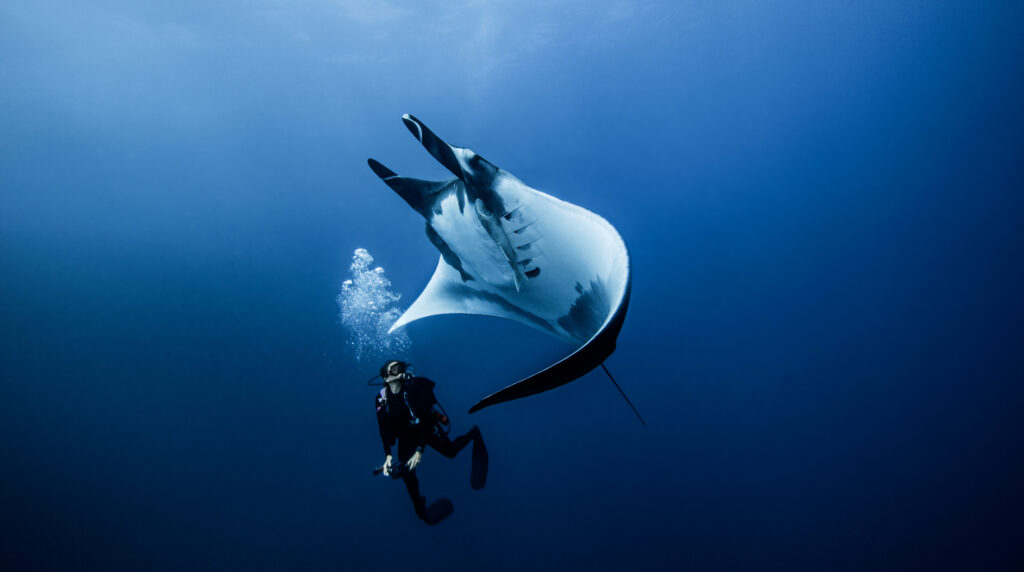What is a Purge Valve?

A purge valve is a crucial component in scuba diving equipment, designed to enhance the diver’s experience by ensuring safety and comfort underwater. This small yet essential device allows divers to expel water from their masks or regulators with ease, maintaining clear vision and a steady supply of breathable air. The functionality of purge valves significantly reduces the effort needed to clear water, making them an invaluable asset for both novice and experienced divers.
What is a Net Cutter?

A net cutter is a vital tool used by scuba divers to navigate underwater environments safely. This tool is specifically designed to cut through fishing nets, lines, and other entangling materials that may pose a threat to divers and marine life. The use of net cutters is crucial in emergency situations where quick action is required to free a trapped diver or animal. Net cutters are not only essential for personal safety but also play a significant role in environmental conservation by aiding in the removal of abandoned nets, which are harmful to underwater ecosystems.
What is a Purge?

In scuba diving, the term “purge” refers to the mechanism used to expel water from certain pieces of diving equipment, primarily diving masks and regulators. The ability to quickly and efficiently remove water from these components is crucial for ensuring clear vision and unimpeded breathing underwater. The concept of purging has evolved significantly over the years, becoming an integral part of modern scuba gear. Understanding the function and proper use of purge systems is essential for divers at all levels, as it directly impacts safety and comfort during underwater excursions.
What is Rapture of the Deep?

Rapture of the Deep, commonly known as nitrogen narcosis, is a condition experienced by scuba divers at significant depths. This phenomenon, resulting from the increased partial pressure of nitrogen when diving, can lead to a range of symptoms that affect cognitive and motor functions. Understanding Rapture of the Deep is crucial for divers to ensure safe practices and avoid potentially hazardous situations underwater.
What is Vertigo?

Vertigo, a sensation of spinning or dizziness, can significantly impact one’s sense of balance and orientation. In the context of scuba diving, this condition becomes particularly relevant and potentially hazardous. Divers who experience vertigo underwater may struggle with maintaining their equilibrium, which can lead to disorientation and dangerous situations. This article delves into the causes, impacts, diagnosis, prevention, and management of vertigo specifically for scuba divers.
What is “Out of Air”?

In the context of scuba diving, “out of air” refers to a situation where a diver has depleted their air supply, presenting a critical emergency. This term underscores the paramount importance of air management for diver safety. Proper planning, vigilance, and awareness are essential to prevent such incidents, as running out of air underwater can lead to severe consequences, including drowning. Understanding the factors that contribute to air depletion and the measures to prevent and handle such emergencies is crucial for every diver.
What is Supplied Air Snorkeling for Youth (SASY)?

Supplied Air Snorkeling for Youth (SASY) is a specialized diving system developed to introduce the fascinating world of underwater exploration to young individuals. It bridges the gap between snorkeling and scuba diving, offering a safe and controlled environment for children to explore and learn about the underwater world without diving too deep. The SASY system consists of a Buoyancy Control Device (BCD) paired with a small compressed air cylinder and a regulator, functioning similarly to a traditional scuba system but with features that restrict the user from descending beneath the surface.
What is Command Signals?

Command signals are an essential aspect of scuba diving, ensuring effective communication and safety among divers. These signals allow divers to convey critical information without relying on verbal communication, which is impossible underwater due to the limitations of speaking and hearing in such an environment. As diving gained popularity and became more organized, the development and standardization of command signals became crucial for coordinating movements, sharing information, and handling emergencies.
What is Free Flow?

Scuba diving is an immersive underwater experience that offers divers a glimpse into the unique marine environment. To safely navigate these depths, divers rely on specialized equipment, with one of the most critical components being the demand regulator. This device controls the flow of air from the tank to the diver, ensuring they receive air at the appropriate pressure. However, like any mechanical equipment, the regulator can malfunction, and one specific issue is known as “free flow.” This malfunction can result in continuous air flow from the regulator, regardless of the diver’s input, potentially depleting the air supply quickly and leading to serious safety concerns.
What is it to Thumb the Dive?

What is it to Thumb the Dive? “Thumb the Dive” is a scuba diving term that signifies the need to terminate a dive at a point or time other than the initially planned turning point. Divers may use this signal in a variety of situations, most commonly when a diver encounters unexpected or dangerous circumstances […]
